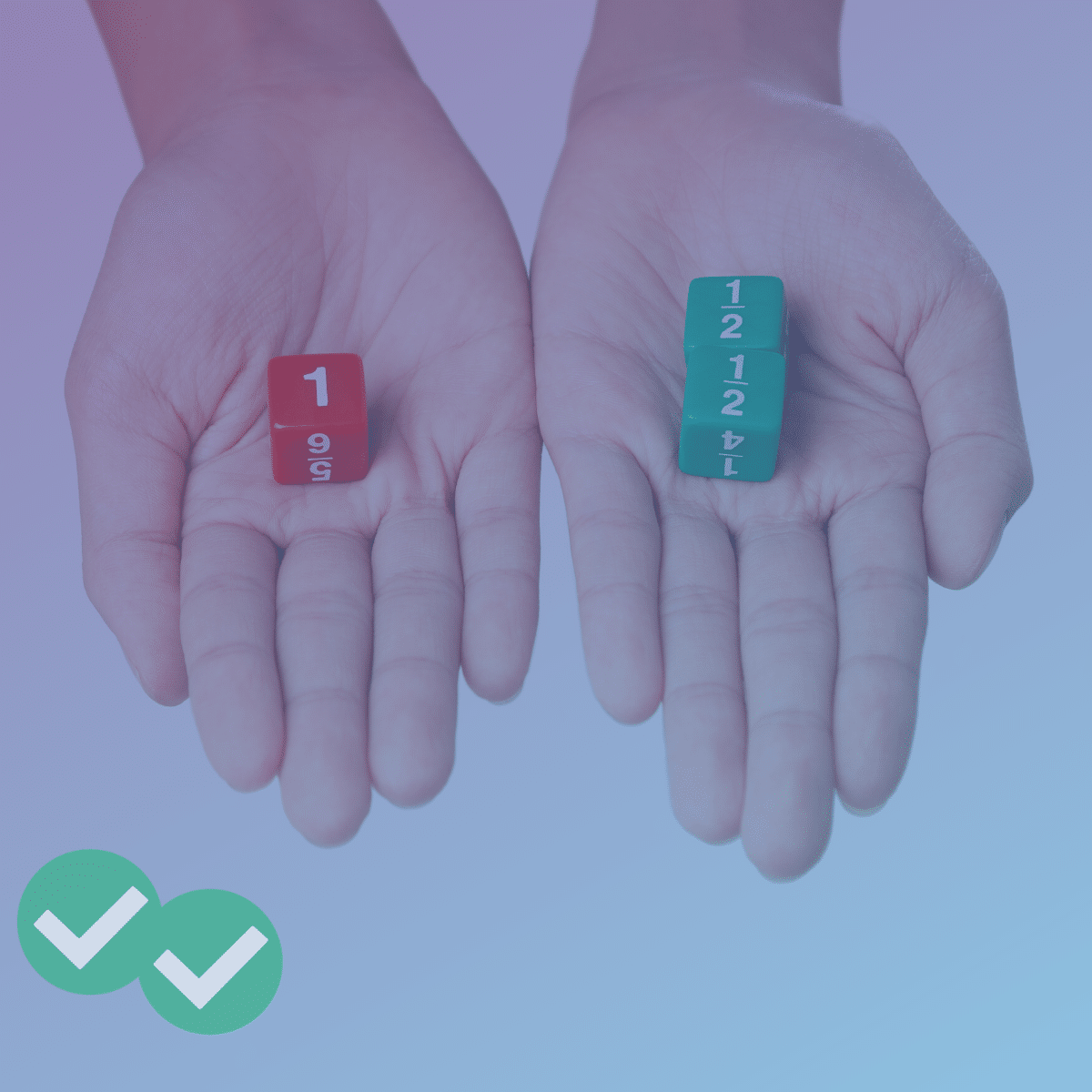Many GMAT test-takers vaguely remember a rule from high school, that it’s possible to solve for two variables if and only if you’re given two equations, and generally that it’s possible to solve for n variables if and only if you’re given n equations. Unfortunately, that rule isn’t quite correct as written, and even the correct rule isn’t always relevant.
Applying the rule incorrectly causes quite a few errors on the quant section, particularly with Data Sufficiency questions. Sometimes, two equations aren’t enough to allow us to solve for two variables, or even for one. That is, sometimes, information that seems sufficient isn’t in fact sufficient.
The trick was that the rule above isn’t correct as written. The correct rule is that a system of n distinct linear equation is sufficient to solve for n variables, but that sometimes the GMAT gives you systems of equivalent (not distinct) equations, or exponential or quadratic (not linear) equations, and that the rule doesn’t apply to such systems.
Today, we’ll see that sometimes information that doesn’t seem sufficient turns out to be, even when the equations in question are distinct and linear. How does that happen?
GMAT Systems of Equations: Sample Problem
Take a minute or two to answer this problem:
Andres bought exactly two sorts of donuts, old-fashioned donuts and jelly donuts. If each old-fashioned donut costs $0.75 and each jelly donut costs $1.20, how many jelly donuts did Andres buy?
(1) Andres bought a total of eight donuts.
(2) Andres spent exactly $7.35 on donuts.
(A) Statement (1) ALONE is sufficient, but statement (2) alone is not sufficient.
(B) Statement (2) ALONE is sufficient, but statement (1) alone is not sufficient.
(C) BOTH statements TOGETHER are sufficient, but NEITHER statement ALONE is sufficient.
(D) EACH statement ALONE is sufficient.
(E) Statements (1) and (2) TOGETHER are NOT sufficient.
In this case, if we too quickly apply the rule described above, we’ll probably choose (C) after a bit of algebra. It turns out, though, that (C) is not the correct answer.
Let’s Translate This Into GMAT Algebra
Let j=the number of jelly donuts Andres purchased and 1.2j=the amount that Andres spent on jelly donuts.
Note that we want to solve for j.
Let f=the number of old-fashioned donuts Andres purchased and 0.75f=the amount that Andres spent on old-fashioned donuts.
The question stem doesn’t give us an equation. (Well, it could give us 1.2j+0.75f=t, where t=the total dollars spent on donuts, but that equation isn’t useful.)
We can rewrite statement (1) as an equation:
(1) j+f=8
Obviously that doesn’t allow us to solve for j. Eliminate answers (A) and (D).
We can rewrite statement (2) as an equation:
1.2j+0.75f=7.35
This doesn’t seem to be sufficient either. After all, solving for j yields a weird variable expression, j=6.125-0.833…f. So we’ll probably eliminate (B) as well.
You could solve for j using both statements together but you don’t really need to do the math, since they’re obviously distinct linear equations. It’s enough to note that they are sufficient together without actually figuring out that j=3.
What’s Wrong With That Approach?
The trouble with that approach is that (2) is in fact sufficient. Yes, if we look at Statement (2) merely as an algebraic equation and we ignore the story that gave rise to the equation, then we have an infinite number of solutions for the pair j and f. Let’s make a little function table, assigning simple integer values to f and letting those determine corresponding values for j:
| f | j |
|---|---|
| 1 | 5.5 |
| 2 | 4.875 |
| 3 | 4.25 |
| 4 | 3.625 |
| 5 | 3 |
| 6 | 2.275 |
| . | . |
| . | . |
Do you see the trap? For every value of f except f=5, j turns out to be a mixed number. The story imposed an implicit constraint, that the values for f and j be positive integers. It turns out that this constraint means that there is exactly one acceptable solution to the equation in Statement (2), and so that the answer is (B) rather than (C).
How Should I Solve Such a Problem?
When a DS story problem yields a system of distinct linear equations but implicitly requires that solutions be integers, the smart thing to do is to test values. Generally the numbers involved won’t be very large, so the arithmetic won’t be too daunting.
Above I stipulated a value for f and then determined a value for j. It might look as though I did this solely because I’d already rewritten Statement (2) as a function from f to j. I had another reason to start with f though: I can more easily see if a number is a multiple of 1.2 than of 0.75.
Sound mysterious? Let’s see how we’d actually check for possible integer solutions to Statement (2). First, stipulate an integer value for f, then calculate 0.75f, then subtract that product from 7.35 to see how much money is left for jelly donuts. If the money left isn’t a multiple of 1.2, don’t consider it further:
| f | .75f | 7.35-0.75f | multiple of 1.2? |
|---|---|---|---|
| 1 | 0.75 | 6.60 | no |
| 2 | 1.50 | 5.85 | no |
| 3 | 2.25 | 5.10 | no |
| 4 | 3.00 | 4.35 | no |
| 5 | 3.75 | 3.60 | yes |
| 6 | 4.50 | 2.85 | no |
| 7 | 5.25 | 2.10 | no |
| 8 | 6.00 | 1.35 | no |
| 9 | 6.75 | 0.60 | no |
So, can we do subtler math instead of this brute force? Yes, but it would be a bad idea on the GMAT, so we’re not going to go into it.





